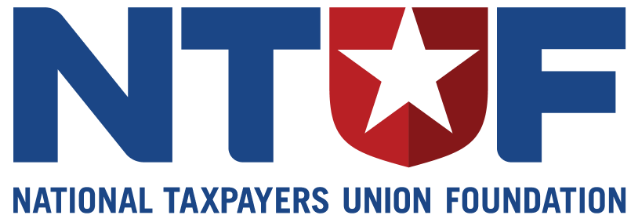(Alexandria,VA) – With the long-term outlook of the federal government painted red fromdeficits, will the new Republican majority be able to get the budget back in theblack? Some interesting clues are offered in a National Taxpayers UnionFoundation (NTUF) study of Committee leadership released today. NTUF determinedthat outgoing Democratic Chairs at 19 Committees with influence over parts ofthe budget supported legislation to boost federal spending by an average ofover $800 billion, while incoming Republican Chairs would cut outlays by morethan $40 billion.
“The shift in political control overthe House of Representatives will also lead to major shifts in the fiscal work-productmost of its Committees will send to the floor,” said NTUF Senior Policy Analystand study author Demian Brady. “Therecent records of the incoming Committee Chairs indicate that taxpayers shouldsee not just less spending coming from the legislative ‘workshops’ of the House,but possibly real attempts to pare it back.”
The study utilizes the BillTally systemto determine the dollar cost of the legislative agendas of the potential newChairs in the next Congress. BillTally tabulates the cost or savings of everypiece of spending legislation introduced in Congress and cross-indexes thesefigures with the sponsorship records of all Representatives and Senators. Figuresare based on legislation introduced from the opening of the 111thCongress through the late-summer recess of 2010.
Amongthe findings of the study:
- Eachone of the 19 outgoing Democratic Chairs included in the NTUF analysis compilednet legislative agendas to increase annual federal spending, from a minimum of$10.0 billion (Armed Services head Ike Skelton) to a maximum of $1.463 trillion(Financial Services Chair Barney Frank). The average overall net spending hike(minus any offsetting cuts) this group advocated was $803.2 billion –significantly higher than the $500-plus billion average for all Democrats inthe House.
- Atleast 12 (possibly more) of the 19 incoming Republican Chairs sponsored billswhose net effect would lower federal outlays, proposing an average annualagenda to cut the budget by $40.9 billion – nearly in line with the $48.1billion reduction that the average rank-and-file House Republican called forduring the same period. Individual totals ranged from a net spending hike of$63.3 billion (Peter King, Homeland Security Committee) to a net reduction of$123.1 billion (Lamar Smith, Judiciary Committee).
- Tenof the Democratic Chairs who will no longer be heading their panels are cosponsorsof “single-payer” health care legislation, whose outlay costs dwarf thoseassociated with the health reform bill enacted into law earlier this year.
- TheRepublican Chairs of the Appropriations and the Energy and Commerce Committeescould have agendas to raise or cut expenditures depending upon who finallygets the gavel. Another contested Chairmanship (Financial Services) has only“net spending cutters” vying for the leadership spot.
“Next year the House GOP majority willhave the chance to take taxing and spending policy in a different ‘newdirection’ from the ‘new direction’ Democrats charted just a few years ago,” Bradyconcluded. “As BillTally shows, most signs point to a serious course correctiontoward spending restraint; still, how far House Republicans will be able tosteer the budget depends not only on their commitment to the principles of theTea Party wave that swept them into power, but also on their ability to findareas of agreement with the Senate and the President.”
NTUFis the research and educational affiliate of the 362,000-member NationalTaxpayers Union, a non-profit citizen group. Note: NTUF Issue Brief 162, House Committee Leadership in the 112thCongress: Back in Black?, is available online at www.ntu.org.

